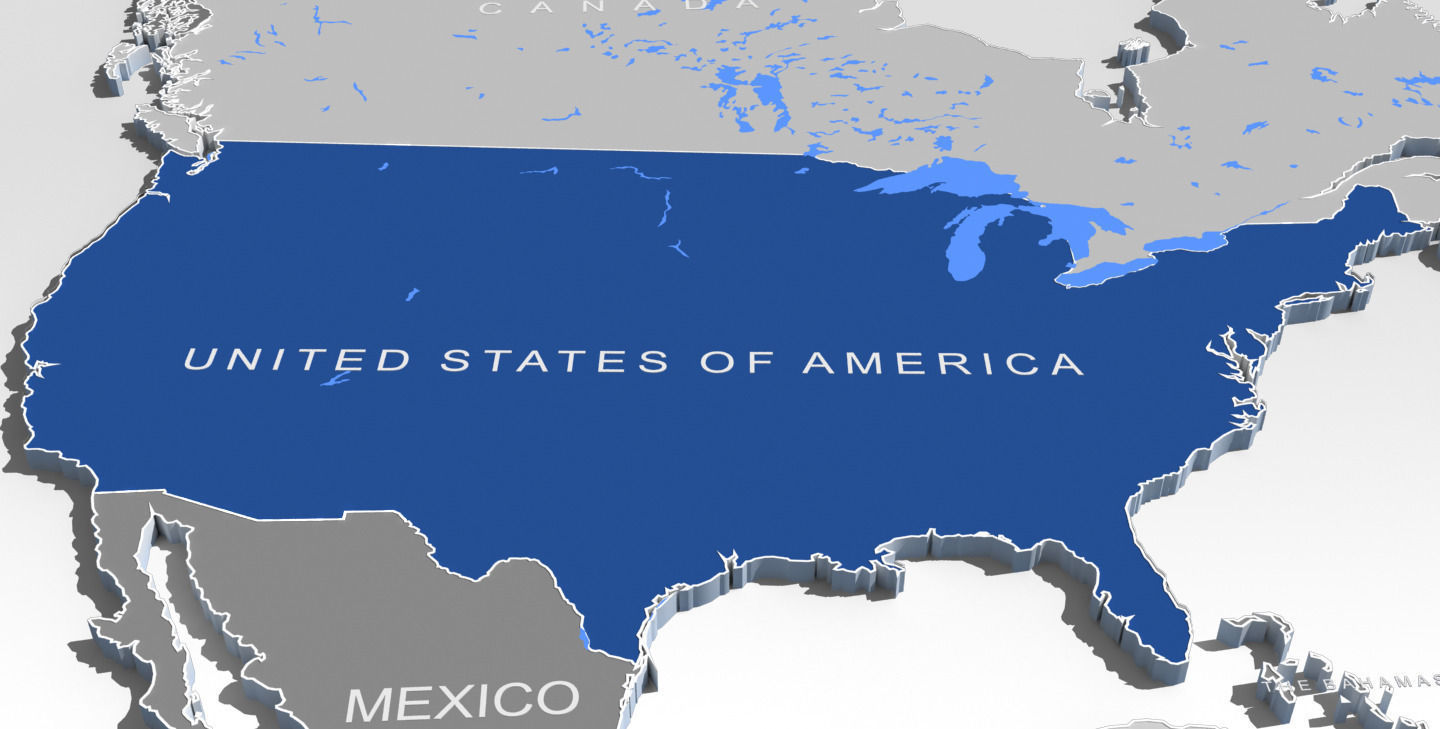Counter Demographic Voting Identifier

PROJECT ON HOLD
Progress
As I am better at back-end devolopment, I decided to begin work on the front-end first to minimize the risk of the project extending past its deadline. The next stages in front end devopment will be to generate a map that will allow direct selection of a congressional district and to provide an alternative list and button form for the states and their districts. After that, the color scheme of the site will be further cleaned. Once these steps are complete, I will switch to back-end work to finalize my results and develop a clean results delivery section (currently titled “By District” on the site.
This project will identify the districts where the voting trends defy demographic probabilities.
- Demographic groups binned by Sex, Race, Age, Education, and potentially other factors.
- Voting trends for each demographic bin determined using the Census Bureau’s Voting and Registration Survey.
- Bayesian approach used to classify the members of the specific congressional districts using information from ‘My Congressional District’.
- National average probabilities applied to district bins to determine aggregate voting approximation
- Approximation compared to actual results to locate outliers.
Purpose
I did not intend to choose this project as my capstone. Originally, I wanted to find counter party voting trends among specific demographic groups. I was going to use the voting information for each demographic bin (Sex, Race, Age, Education) to determine, first, who is voting, and, second, which party they are voting for. Then I was going to attempt to use this information to compare to the expected results to the actual results and find outliers, then use a speech analyzer to determine the topics of the outlier elections. From there, I would have tried to link outliers with similar election topics to provide reasonable guesses as to which demographic groups disagree with their party’s stance on specific topics.
However, as I looked for the data I would need to get started, I found that it wasn’t available. It seemed as though no one had thoroughly classified populations before analyzing them. This, to me, felt like an oversight– for example, a 36 year old white male with a bachelor’s is going to have a different probability of voting than a 36 year old white man with a master’s. And while modeling populations by separated values may be adequate for building a voter prediction model, it is nearly useless for determing counter-party voting trends.
I see value in knowing which demographic groups disagree with their party’s stance on which issues. This is useful for candidates, campaign managers, political scientists, etc. So, for my capstone, I chose to take on the first step needed to do the counter-party analysis project– I’m building a voter turnout prediction model, which can be the basis of a counter-party voting trend project.